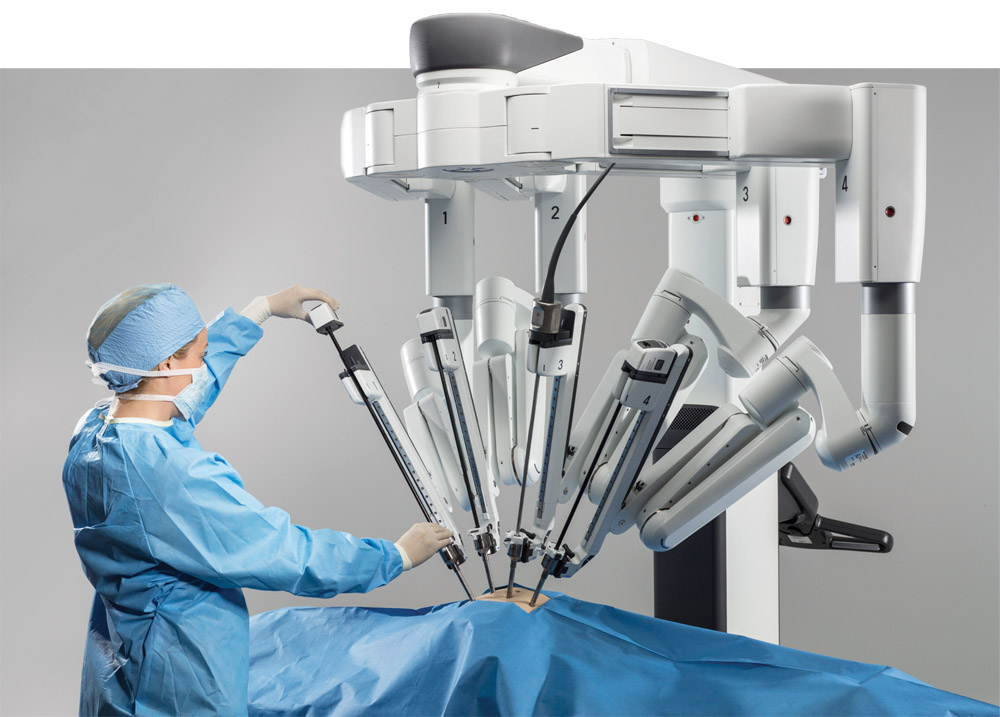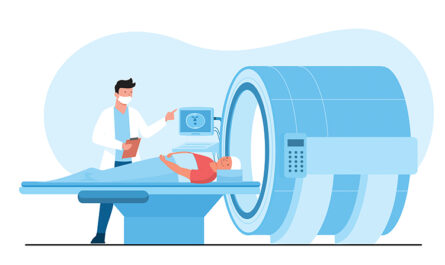Da Vinci Systems has cemented its position as the leader in robot-assisted minimally invasive surgery over the past few decades. The company, founded in 1995, introduced the Da Vinci Surgical System – the first FDA-cleared robotic surgical system for general laparoscopic surgery. Since then, millions of procedures have been performed using Da Vinci systems worldwide.
The Rise of Robotic Surgery
Traditional open and laparoscopic surgeries have limitations like restricted movement, hand tremors, and lack of 3D visualization. This is where robotic surgery has helped address these limitations. By allowing surgeons to operate through small incisions from an ergonomic console, robotic surgery offers greater dexterity, precision, and control compared to traditional methods. It also provides surgeons with 3D HD views of the surgical site. With its da Vinci Surgical System, Da Vinci Systems essentially brought robotic surgery to the mainstream.
The da Vinci Surgical System
The Da Vinci Surgical System consists of a surgeon’s console, a patient-side cart with four interactive robotic arms, and a high-performance 3D vision system. It is designed to allow surgeons performing minimally invasive procedures. Surgeons operate while seated at the console using finger controls and foot pedals. The system translates the surgeon’s hand movements into smaller, precise movements of micro-instrument tips inside the patient’s body. The system also filters out hand tremors, provides 3D vision, and ten-times magnification of the surgical field. This gives surgeons improved control, dexterity, and visualization.
Broad Clinical Applications
Over the years, with advances in technology, the da Vinci Surgical System has expanded into broader clinical applications across major areas like general surgery, gynecology, urology, thoracic, and cardiac surgery. Today, millions of procedures like lobectomy, prostatectomy, hysterectomy, mitral valve repair have been performed robotic-assisted with the da Vinci System worldwide. It is considered the gold standard for minimally invasive surgery in conditions like prostate cancer where it provides oncological and functional outcomes equivalent to open surgery but with lower risk of complications and faster recovery times for patients.
Growing Global Footprint
With its success and clinical benefits established, Da Vinci Systems has been aggressively expanding its global footprint. It currently has over 5,500 da Vinci Surgical Systems installed across hospitals worldwide. The company has a direct sales force of over 1,000 in its three major markets – the United States, Europe and Asia. In emerging markets, Da Vinci partners with local medical equipment makers. It is also seeing growing adoption in regions like India, China, Latin America and the Middle East. The rise of medical tourism in countries like India has further supported robotic surgery uptake there.
Academic Acceptance and Research
A key driver of the da Vinci System’s success has been its acceptance and endorsement by leading academic medical centers and surgeons globally. Major academic medical societies like the American Urological Association have recommended robotic-assisted surgery as the standard of care for procedures like prostatectomy. Robotic surgery is also being taught in residency and fellowship training programs worldwide. Additionally, continuous research and development helps strengthen the evidence base for improved outcomes compared to open surgeries. Over 7,000 published clinical studies exist today supporting da Vinci procedures.
Enhancing the Platform
Da Vinci Systems is consistently enhancing its da Vinci Surgical System platform through new generations and capabilities. The latest da Vinci X and Xi systems offer advancements like larger field of view, improved ergonomics, 4k imaging, seventh generation instruments and greater surgeon control. The company is also developing augmented reality systems, telesurgery capabilities and simulator training products to further advance minimally invasive surgery. Additionally, it offers infrastructure like da Vinci Services to support customers. With continued R&D investments, Da Vinci aims to establish new standards of care across complex areas.
It is projected that robotic surgery worldwide will grow at a CAGR of over 10% in the coming years driven by aging demographics, higher complexity cases, improved outcomes, and greater penetration in emerging regions. As the leader, Da Vinci Systems is well-positioned to tap this growth. Analysts expect demand to remain robust globally for da Vinci despite competition. The company is also exploring adjacent areas like instruments, endoscopy and other enabling technologies further strengthening its leadership position in robotic-assisted surgery over the long term. With its pioneering work, Da Vinci Systems remains committed to advancing surgical care and patient experience worldwide through minimally invasive robotic solutions.
*Note:
1. Source: Coherent Market Insights, Public sources, Desk research
2. We have leveraged AI tools to mine information and compile it




